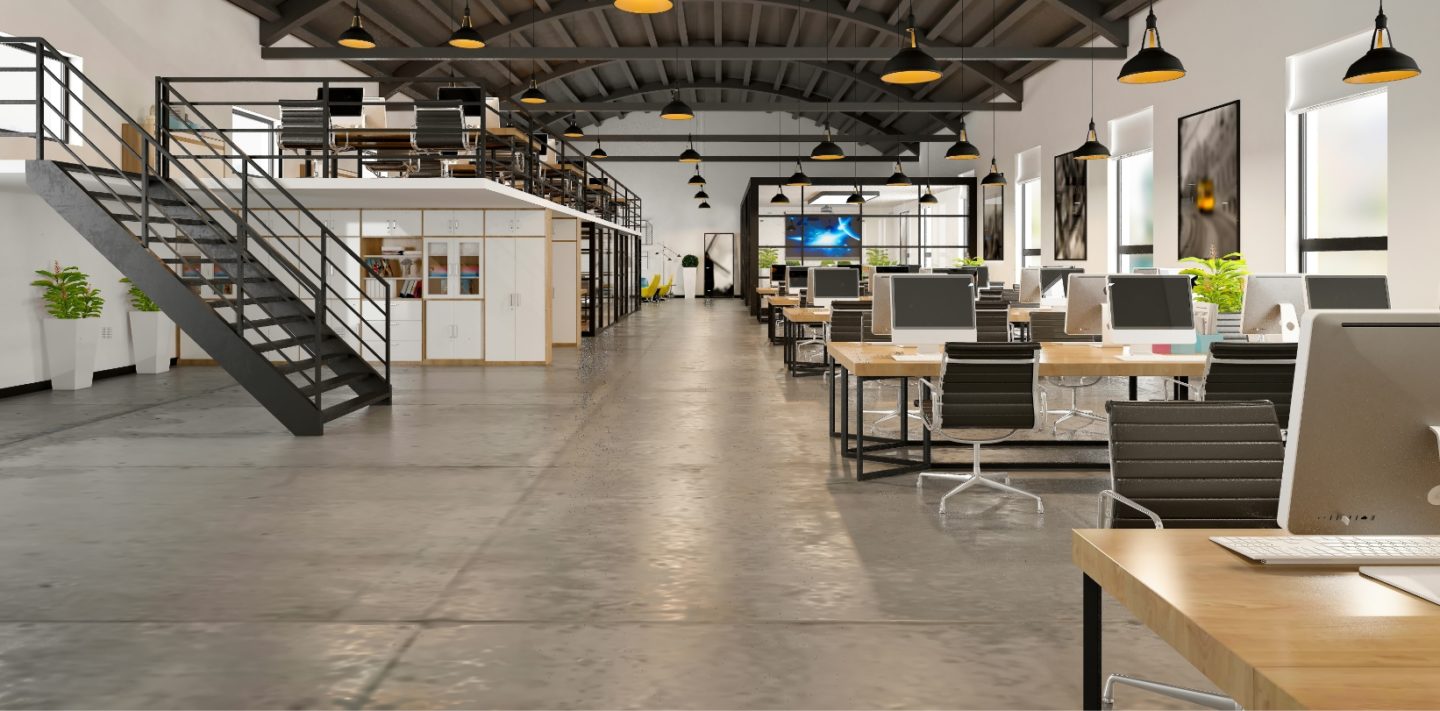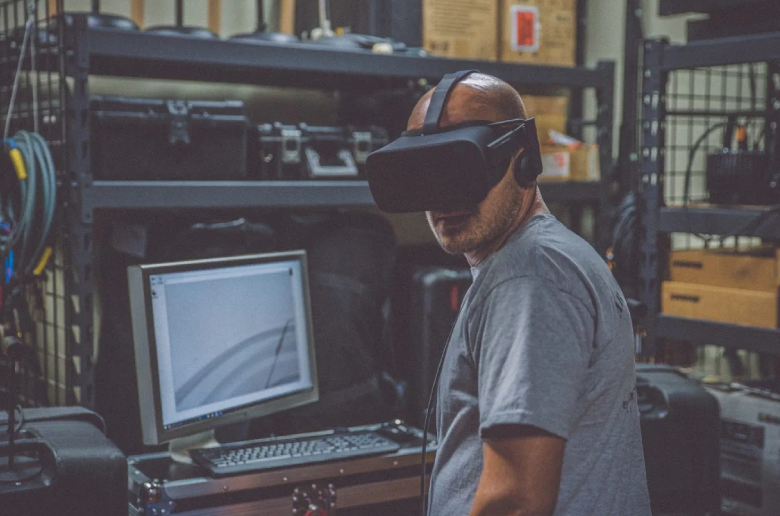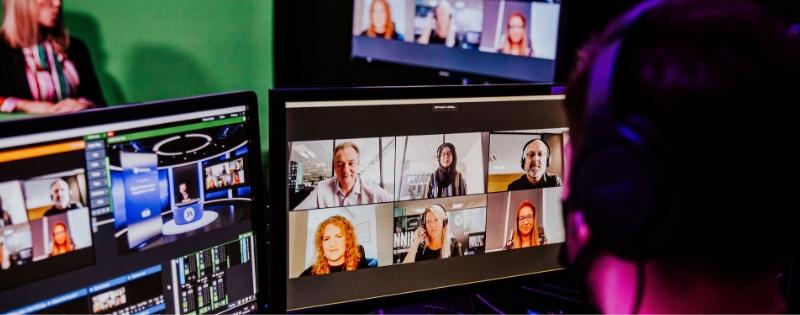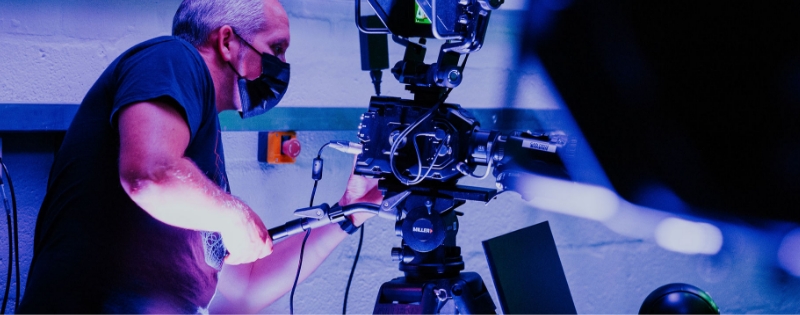Hybrid Work is the Future of Work
If you’re like most business leaders, you already know: the future of work is hybrid. But what are the keys to getting that experience right?
During a series of recent Meet the Boss roundtable panels, held in partnership with consumer electronics maker Jabra, attendees discussed what’s working within their organizations, and some of the challenges that still need to be overcome. Executives from a variety of industries shared the strategies, tools, and mindset companies need for successful hybrid work.
First, Rethink
A new era of work is here, and it’s futile to think otherwise. However, that’s exactly what’s getting in the way in many organizations.
“Resistance to change is the big challenge.”
As one attendee from a professional services firm shared with fellow panelists, “resistance to change is the big challenge.” In order to address this people problem, leaders, managers, and employees must rethink the notion of work.
Work may never again solely adhere to being with your full team in the same physical room. Tim Hernquist, Director of Product & Business Management at Jabra, who spoke on this series of Meet the Boss roundtables, predicts most collaboration from now on will take place with some colleagues meeting in an office, and some contributing remotely.
“The technology needs to be thought about – and probably completely reconfigured.”
We caught up with Hernquist after the panel, to talk about this hybrid future on our podcast. “You’re not going to have everybody in the room all the time. You’re going to have remote participants most of the time,” he says.
Of course, this affects not only what work looks like, but what tools are needed. Both for remote employees, as well as the tools available in the office. “Technology that enables those natural and pleasing human experiences, even from the office, are important,” says Hernquist. “It’s really not just working from home. The technology needs to be thought about – and probably completely reconfigured – in offices as well. That’s something we’re trying to advise our customers on.”
Must-Haves for Today & Tomorrow
Around the roundtable during our panel discussions, executives agreed: the right collaboration tools must do two things: foster a great audio experience, and now more than ever, a great visual experience. This ensures everyone – in the office and remote – is seen, heard, and genuinely connected to their colleagues. “To get this natural and pleasing human experience I talked about before,” says Hernquist, “you need to have video. And enabling video in a collaboration space is kind of a new challenge.”
“Virtual meetings don’t always show you who’s engaged and who’s not.”
Even once companies embrace new video and audio tools, there are new challenges bound to crop up. Take, for instance, the emerging need to measure engagement in a hybrid world. As an executive from a large insurance company stated on the panel, “tools can accomplish in 15 minutes what traditionally took hours. But virtual meetings don’t always show you who’s engaged and who’s not.”
That’s why Hernquist says Jabra and other tech companies need to remain focused on enhancing the capabilities of their tools. More interactive ways to chat during meetings, perhaps incorporating polling. And improving visual inclusion, as well. “How do you make sure that everybody who’s in the meeting room or in the collaboration space is in the camera field of view?” he asked.
Hernquist also teased what Jabra’s working on by enabling a 180-degree field of view with camera technology. “What that means is, if the camera is on the wall, the camera can see the whole room. Everybody who’s in the room is seen. We have three lenses that are stitching video live. In real time.”
Want More Insight?
Check out how Jugo sees the future of work, and the exciting capabilities we’re working on! And catch our full hybrid work conversation with Tim from Jabra, by listening to our podcast, Strategy for Breakfast.














